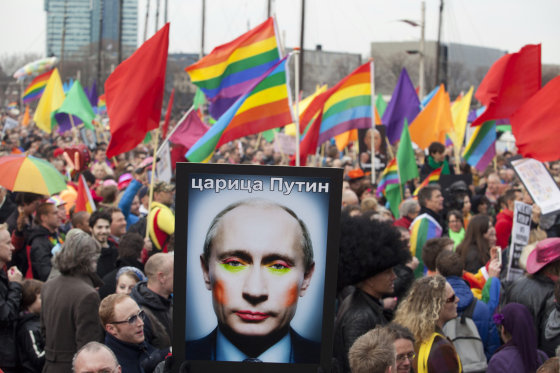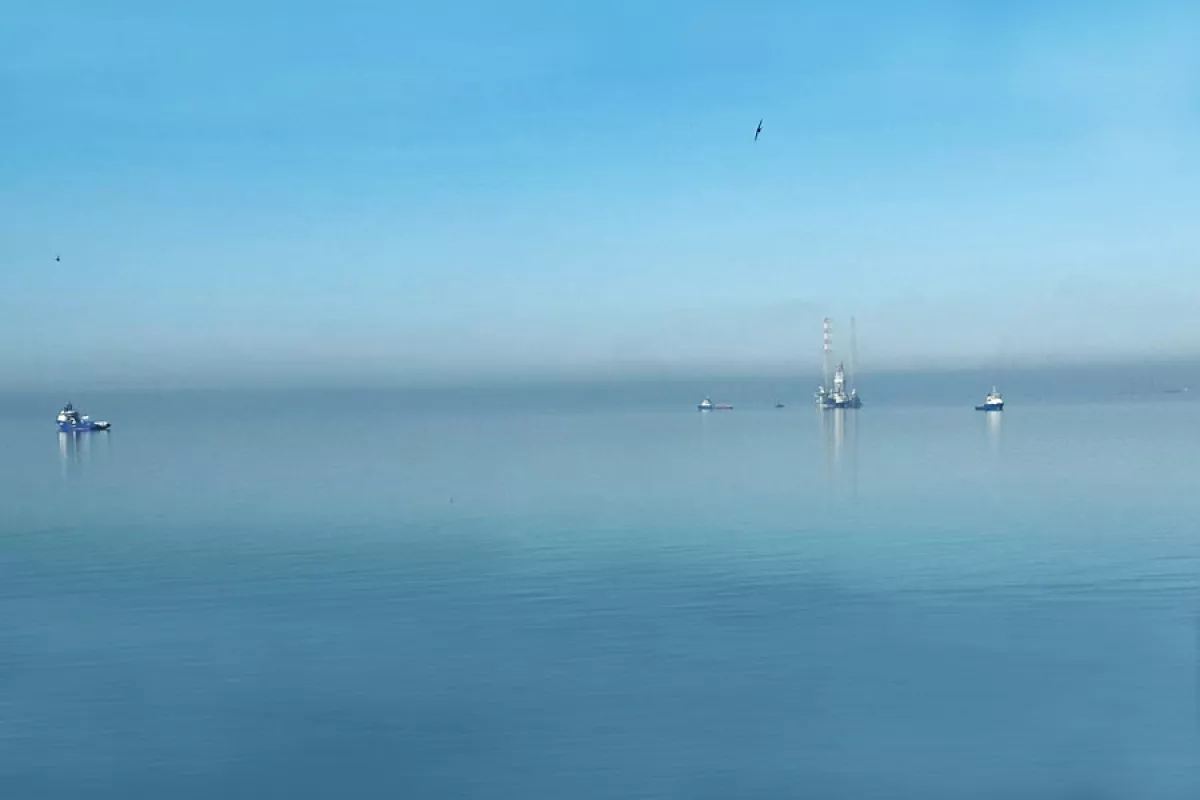The topic of homoeroticism in Russian culture, particularly in relation to Vladimir Putin's public image and political strategies, is complex and multifaceted, involving intersections of propaganda, masculinity, and state-controlled narratives. Below, I explore the subject by addressing the role of homoeroticism in Russian culture, Putin's carefully crafted public persona, and the broader socio-political context, including Russia's stance on LGBTQ issues.
Homoeroticism in Russian Culture
Homoerotic themes have appeared in Russian literature and art historically, often subtly due to cultural and legal constraints. For example, works like Alexander Pushkin’s Eugene Onegin and Leo Tolstoy’s short story The Raid have been analyzed for homoerotic undertones, reflecting complex male relationships that can be interpreted as emotionally or physically intimate. These themes, while present, have often been suppressed or denied in official narratives, particularly under Soviet and post-Soviet regimes, where heteronormativity was heavily enforced.
In contemporary Russian culture, homoerotic imagery sometimes emerges paradoxically in state-sponsored media or propaganda. For instance, a 2024 post on X referenced a Russian state-produced calendar featuring homoerotic imagery of Putin and Chinese President Xi Jinping, which was interpreted as an unintentional or satirical overstep in hyper-masculine propaganda. Such instances highlight a tension: while the Russian state promotes a hyper-masculine, heteronormative ideal, its portrayals of strong male figures (like Putin) can inadvertently veer into homoerotic territory, as noted in analyses of Putin’s shirtless photos or hyper-masculine public stunts. These images, meant to project strength, sometimes resonate with audiences in ways that subvert the intended narrative.
Putin’s Public Image and Homoeroticism
Vladimir Putin’s public persona is carefully constructed to embody a specific vision of Russian masculinity—strong, dominant, and traditional. His shirtless horseback riding, judo matches, and other displays of physical prowess are designed to project power and appeal to nationalist sentiments. However, these images have also been interpreted as homoerotic by some Western media and commentators, who highlight the exaggerated masculinity as appealing to certain subcultures. For example, a 2013–2019 analysis of U.S. liberal media and political comedy noted recurring depictions of Putin as a “gay clown,” using homoerotic imagery to mock or critique his authoritarianism. This external framing contrasts with Russia’s domestic narrative, where such interpretations are taboo and suppressed.
Speculation about Putin’s personal sexuality, as suggested in some X posts, remains unverified and largely stems from opposition narratives or Western satire. These claims often serve as political tools to undermine his authority, given Russia’s homophobic cultural and legal climate. There is no credible evidence to support assertions about Putin’s personal life in this regard, and such discussions are heavily censored in Russia, where reporting on them could lead to severe consequences.
Russian State Policy and Homophobia
Under Putin’s leadership, Russia has increasingly promoted “traditional values” as a cornerstone of its national identity, often in opposition to perceived Western moral decay. This includes a strong anti-LGBTQ stance, exemplified by the 2013 “gay propaganda” law banning the promotion of “non-traditional sexual relations” to minors, which was expanded in 2022 to cover all ages. In 2020, Putin proposed constitutional amendments defining marriage as a heterosexual union, further embedding homophobia in state policy. In 2023, Russia’s Supreme Court declared the “international LGBT movement” an extremist organization, effectively criminalizing LGBTQ advocacy.
This crackdown creates a paradox: while the state suppresses homosexuality, its hyper-masculine imagery can inadvertently produce homoerotic undertones, as noted in academic analyses. The Kremlin’s rhetoric frames LGBTQ rights as a Western threat, tying homophobia to nationalist and anti-Western narratives, especially since the Ukraine invasion. Putin has publicly stated that the LGBTQ community is part of Russian society but simultaneously supported policies targeting it, reflecting a contradictory stance.
Cultural Resistance and Subversion
Despite state repression, a counterculture persists. Drag queens, underground art, and subtle literary references challenge the Kremlin’s narrative. For example, Professor Julie Cassiday’s work explores how Russia’s anti-LGBTQ policies have spurred a resistant queer subculture, using art and performance to critique the regime. However, these expressions face severe risks, as the 2023 “extremist” designation has led to arrests and further marginalization.
Critical Perspective
The Kremlin’s use of “traditional values” and homophobia appears strategic, consolidating power by scapegoating minorities and aligning with conservative religious and nationalist groups. However, the state’s obsession with hyper-masculinity can backfire, producing imagery that invites homoerotic interpretations, which are then weaponized by critics abroad. The lack of open discourse in Russia stifles honest discussions of sexuality, leaving homoeroticism in a strange limbo—present in culture but demonized in policy.
Conclusion
Homoeroticism in Russian culture exists in a tense interplay with state-enforced homophobia under Putin’s regime. While historical literature and modern propaganda reveal traces of homoerotic themes, the Kremlin’s aggressive anti-LGBTQ policies suppress open expression. Putin’s hyper-masculine image, meant to embody Russian strength, inadvertently fuels homoerotic interpretations, especially in Western critiques. This paradox underscores the broader cultural and political dynamics of control, resistance, and subversion in Putin’s Russia.
If you’d like me to dive deeper into any specific aspect (e.g., literary examples, propaganda analysis, or LGBTQ resistance), let me know!




Comments
Post a Comment